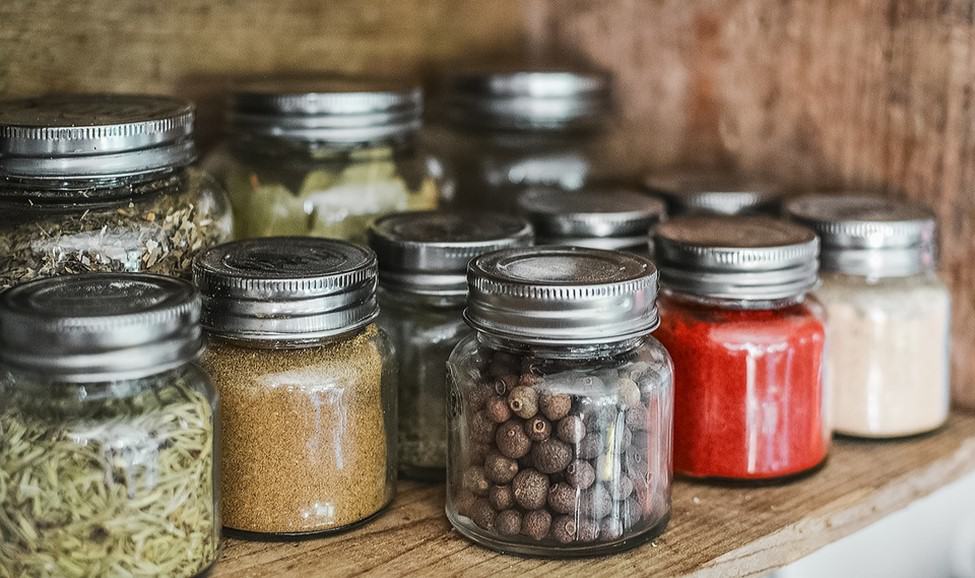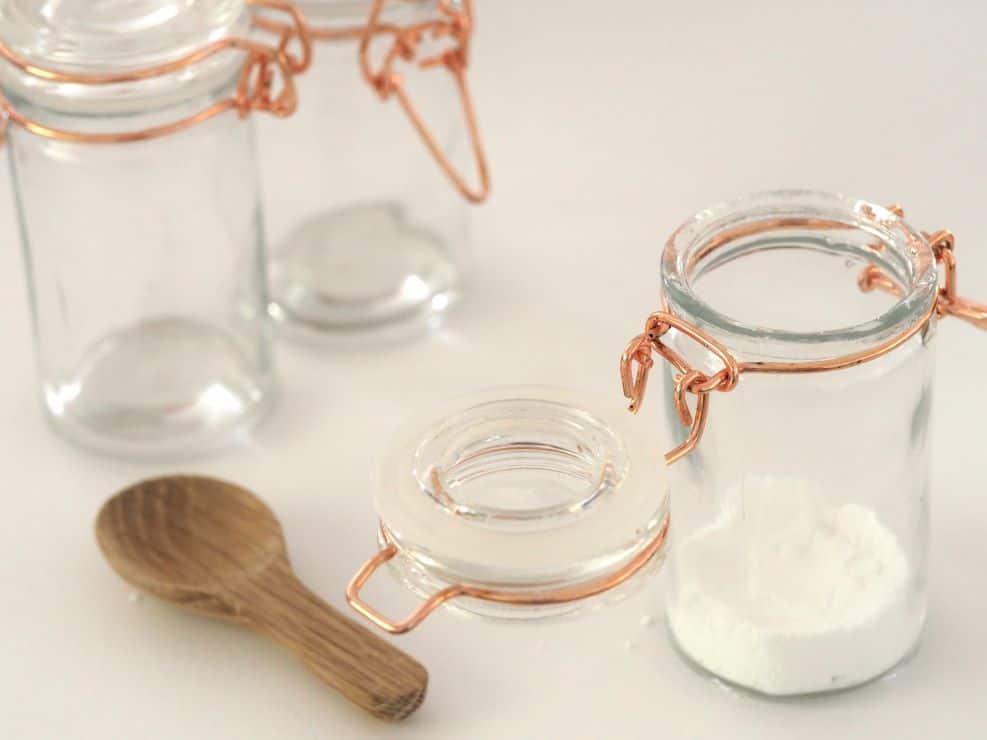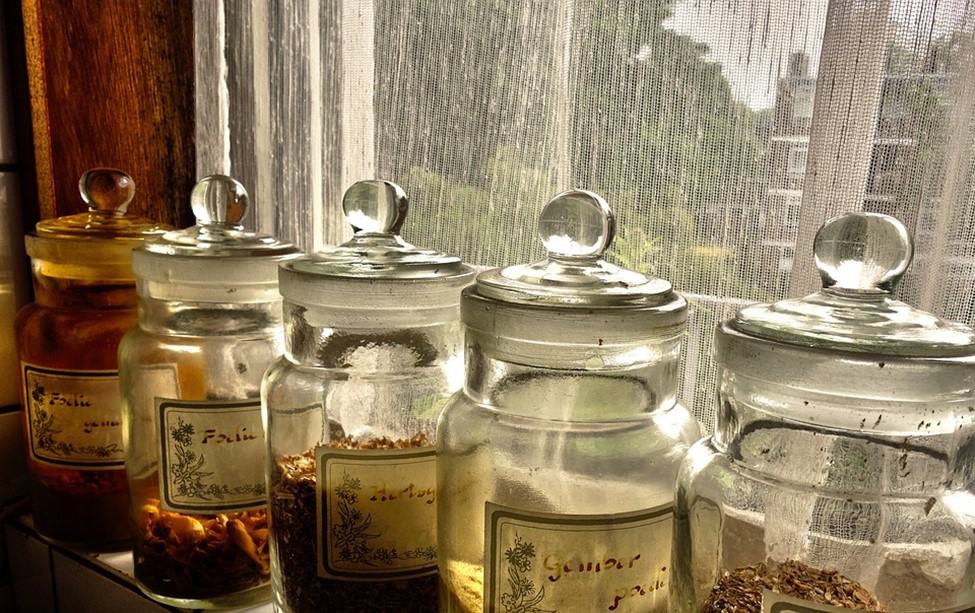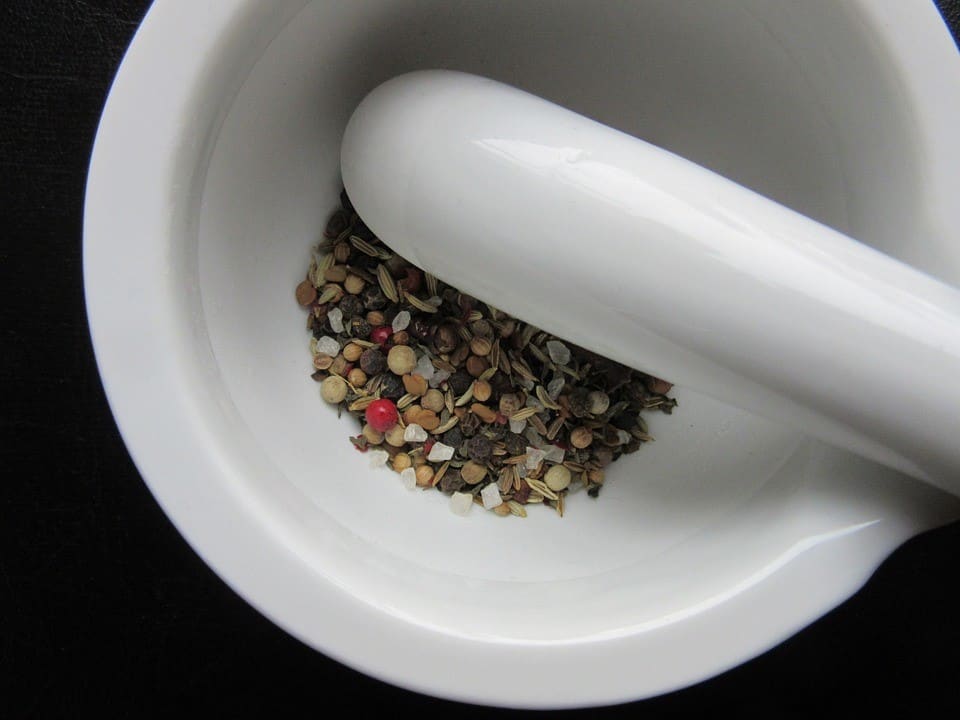Spices have an instrumental role in the kitchen, being responsible for most of the scents and flavors in cooking. Without them, your dish will be incredibly bland and flavorless. Spices are distinct from herbs – being made from the bark, root, or seeds of plants – but retain similar storage preferences.
How to store spices long term? Try to go for whole spices as much as possible, because they last much longer. Spices require airtight storage at minimum – clear of any dampness, heat, or light. For ground spices, break down any clumps that appear, as leaving them reduces their long-term effectiveness.
Keeping them away from the elements is a good start at making them last longer, but there’s so much more that can be done.
How to Store Spices Long Term
Snag Them Whole Whenever Possible

The most immediate factor for long-term freshness is the type of spice you buy. Whole spices typically last up to two years, while their ground counterparts usually grow stale in under a year. Whole spices are also more potent than ground spices, and need less volume to match recipe needs – usually requiring only 70-80% of what was listed.
The biggest reason for this is that ground spices already have their essential oils evaporating in the air, even while covered. Whole spices don’t have this problem, and the use of grinders allows you to produce ground spices on demand – with none of the caveats pre-ground versions come with.
Use Airtight Storage Containers

Spices lose a lot of their flavor exposed to the air, and it’s best to minimize the worst of these effects. The usual containers that come with these products range from plastic bags to sachets, and occasionally even dedicated spice shakers. While these can get you by, there are better ways that offer more to maintaining the freshness of your products.
Plastic zipper bags (e.g. Ziploc) are a good go-to, and even allow the removal of excess air that other containers can’t. They’re also very cheap and accessible to boot. These bags do have some drawbacks compared to solid storage means – it’s harder to get what you need, takes longer to reseal due to needing to remove excess air, and the oils in spices gradually break down the plastic. It makes for a good method for small quantities of spices for brief periods but remains unsuitable for long-term storage.
Lasting storage needs solid containers. Solid storage containers are usually made from metal, plastic, or glass. Metal containers are drop-safe and protect from the light. A drawback is that metal is also a good thermal conductor, offering less protection from heat. Some also run the risk of corrosion from humidity, which could taint the entire stored batch.
Plastic and glass are mostly comparable on what they have to offer, but plastic is more porous than glass, which leads to spices staling faster. That said, plastic is also far less fragile to handle. In terms of pure storage longevity, glass easily beats both other materials.
Avoid Exposed or Warm Storage Spots

Heat dampens the taste and aroma of spices by prematurely breaking them down and drying them out. Most spices are also photosensitive and need to be kept away from light. It’s not just direct sunlight that ruins spices – even artificial lighting can affect their quality. Always keep them covered when not in use. Try and minimize the time spices spend exposed to light or heat.
Storing spices on the windowsill, or even just the kitchen countertops, leads to faster degradation. Proximity to warm appliances or electronics is also something to take note of when finding good places to store spices. Cupboards or cabinets make for great spots to avoid both of these issues.
Steer Clear of Moisture and Humidity
Another thing that turns ground spices bland is moisture, which also leads to eventual clumping. Most people believe spices don’t mesh well with cold storage. The actual problem is due to humidity from the outside environment condensing inside refrigerators – especially when using hard containers. Frequently opening spice containers introduces more air to be condensed, and moisture begins to develop.
Moisture damage can range from simple quality decline to even the development of bacteria and mold specimens, making this challenging method even less appealing.
Steps can be taken to minimize these problems, such as using desiccants. Desiccants are substances used to retain a given area or product’s dryness. Silica packets are purpose-built for these and are sealed off to avoid contaminating their surroundings.
If these aren’t available, a few household groceries can be leveraged for that purpose. Dried beans make for good desiccants, with their size allowing them to be used in spice shakers. Dried rice can also fulfill a similar purpose, though the smaller grains may occasionally fall through the holes.
Deal with Clumps Quickly

Spice clumps need to be dealt with when spotted, and breaking them down is much easier before the clumps begin to harden. Food processors and spice grinders can do the job well, but may not always be on hand. Mortar-and-pestle makes for a dependable method for denser clumps, requiring less cleanup to boot. Even a plastic zipper bag along with a heavy item should suffice.
Final Thoughts
Fresh spices mean better-tasting meals, and proper treatment goes a long way into making both of those things a reality. Remember that whole spices last the longest, and clumps need to be handled quickly for ground spices. Learning how to store spices long-term essentially boils down to keeping them away from stuff they don’t like – usually heat, moisture, and light.
